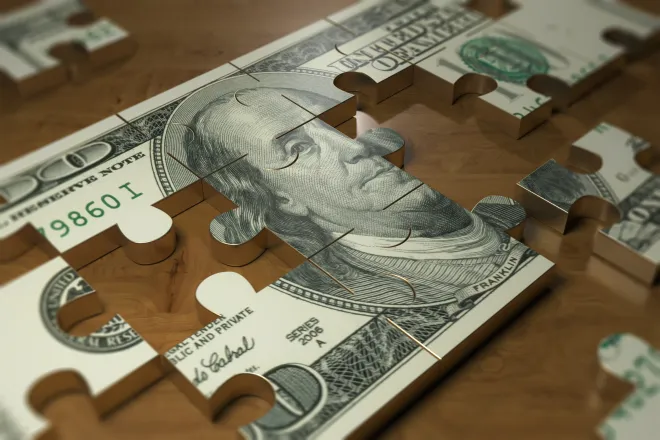
Livestock industry still concerned about wolves' return
Click play to listen to this article.
It's been 30 years since wolves were reintroduced in Yellowstone National Park, a move that remains controversial today - as Colorado's livestock industry pushes to keep the apex predator's footprint from expanding.
Katie Schneider - the Colorado wolf representative with Defenders of Wildlife - said the Yellowstone reintroduction is one of America's most powerful conservation success stories, and has inspired other states to consider bringing back wildlife killed by Europeans expanding westward.

USFWS - public domain
"Wolves still only inhabit around 10 percent of their former range in the Lower 48, so our work is not done yet," said Schneider. "And the reintroduction of wolves to the Southern Rockies here in Colorado is a really exciting next step in that recovery process, building on what we've learned in Yellowstone."
After voters approved reintroduction in 2020, Colorado Parks and Wildlife released 10 wolves in Grand and Summit counties in 2023 - despite objections raised by livestock producers worried that the carnivore would get their product before it reached the slaughterhouse.
Last week, the agency rejected a petition by producers to block the release of an additional 15 wolves this month.
Colorado pays producers who lose livestock to wolves, but Schneider said lessons learned in Yellowstone show that it's possible for wolves and people to coexist.
She noted that Defenders has been advancing proven conflict mitigation tactics in Colorado - including range riders, fencing, and hazing - since 2019.
"There are currently 11 different programs offered in Colorado by NGOs and universities and state and federal agencies, to assist livestock producers in preventing conflict," said Schneider. "And nearly every operation that has worked to implement these measures had no losses."
Wolves are very resilient. Schneider said just 14 were released in Yellowstone in 1995, and there are now at least a dozen packs inside the park.
She said the reintroduction has also been a powerful economic driver, bringing $35 million each year to communities surrounding the park.
"And we know up there, the return of wolves sparked a huge boost in their local tourism industry," said Schneider. "People from around the world come to watch just wolves in Yellowstone National Park."
















